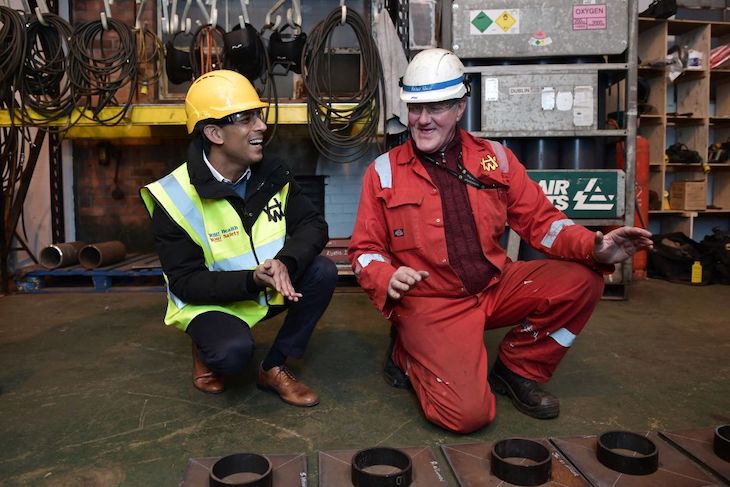Every month, we are bombarded with the Consumer Prices Index (CPI), the main inflation measure. It is currently running at 10.5 per cent, and although this is slightly down over the past two months, it is still far, far above the Bank of England’s target of two per cent. But what about inflation for people who are running businesses? The Office for National Statistics (ONS) also publishes a Producer Price Index (PPI) covering inflation for commercial organisations. If you think living costs for consumers are high, count yourself lucky you are not running a factory: the PPI of input prices (i.e. prices of raw materials and other goods) for December has come in at 16.5 per cent. That is down from November (18.0 per cent) and October (20.2 per cent), but way ahead of inflation in the shops. Prices for some categories of goods continued to rise in December, such as metals and non-metallic minerals, which were up 3.2 per cent over the month. That was in spite of a rising pound, which helped to make imported materials a little cheaper.
Joe Biden has shown little interest in setting a net zero target
The leap in factory gate prices is all the more remarkable given that firms enjoyed a long spell of deflation in input prices for much of the 2010s. In fact, PPI inflation is at its highest since the current index began in the early 1980s.
It helps to explain why manufacturing has been especially weak of late. Manufacturers are not bearing the full cost of inflation – output prices, also measured by the PPI, rose by 14.7 per cent in the year to December – but there is a gap between input and output inflation, which they are having to absorb.
Recent GDP figures for the manufacturing sector will have come as a disappointment to those who thought the pandemic might bring about a shift in the fortunes for manufacturing, as makers and retailers sought to shorten their supply chains by repatriating some production from Asia to Europe.
Indeed, for a while, manufacturing did enjoy a boost. But it now seems as if normal service has been resumed: Britain – in common with most of western Europe – is seeing a continued structural decline in manufacturing. Can we go on like this, with an economy which is ever more dominated by services? Possibly, but it won’t help much with levelling up, and we face hitting the same problems as we did with PPE etc during the pandemic – struggling to source goods which we normally take for granted.
The government is going to have to decide: is it happy to see the continue atrophy of the manufacturing sector, or is it going to seek to stop loading the dice against manufacturing? At present, Britain seems so fixated on its net zero target that it is happy to see manufacturing driven to leave through high energy prices – taking its carbon emissions with it. It doesn’t help the planet if a tonne of steel is made in India rather than Teesside, but it does help reduce the UK’s ‘territorial emissions’, which are the ones which count for the purposes of the net zero target.
It is a very different story in the United States where Joe Biden has shown little interest in setting a net zero target (although he has set a target to halve US emissions). What he did do with his Inflation Reduction Act, however, is to introduce a set of bungs for people who buy environmentally-friendly products made in the US.
US climate policy is driven by protectionism; the UK’s by carbon reduction targets. That is going to have very different consequences for either country.







Comments